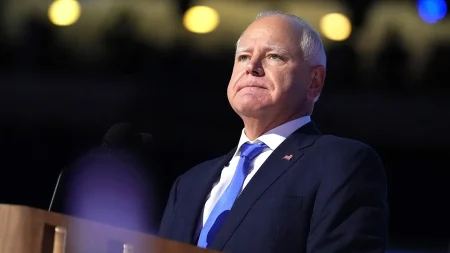Navigating Choppy Waters: Prime Minister Ishiba’s Political Challenges
Prime Minister Ishiba faces a perfect storm of challenges as his political party teeters on the brink of fracturing. A resurgent right-wing movement has gained momentum in Japan, creating ideological tensions within his coalition. This conservative wave has intensified debates on traditional values, constitutional reform, and Japan’s military posture – long-contentious issues that now threaten party unity. Members aligned with different ideological camps find themselves increasingly at odds, with hardliners pushing for more nationalist policies while moderates favor maintaining Japan’s post-war pacifist traditions. The resulting internal discord has weakened Ishiba’s leadership position precisely when unified governance is most needed.
Adding to these political headwinds, Japan’s economy has stumbled into troubled waters. After decades of stagnation punctuated by brief recoveries, the country now confronts rising inflation, wage stagnation, and an aging population that strains social services. The post-pandemic recovery has proven uneven at best, with certain sectors flourishing while others continue to struggle. Small businesses particularly feel abandoned by policies perceived as favoring large corporations. Ishiba’s economic team has proposed various stimulus measures and structural reforms, but implementation has been slow and results modest. The public’s patience wears thin as living costs rise and economic security becomes a primary concern for many households.
Perhaps most challenging is the deteriorating trade relationship with the United States, Japan’s longstanding ally and crucial economic partner. Recent trade disputes have centered around automotive exports, technology transfers, and agricultural products. American demands for greater market access and reduced trade imbalances echo previous decades’ tensions but now occur against a backdrop of global supply chain restructuring and strategic competition with China. Ishiba must delicately balance maintaining the vital security alliance with the U.S. while protecting Japanese economic interests – a diplomatic tightrope walk made more difficult by unpredictable shifts in American trade policy and domestic political pressures in both nations.
The confluence of these challenges has created deep fissures within Ishiba’s party. Different factions advocate contradictory approaches: some favor appeasing right-wing sentiment to prevent voter defection, while others believe recommitting to centrist policies would provide stability. Economic hawks push for fiscal discipline while others demand increased government spending to stimulate growth. On foreign policy, divisions exist between those who prioritize the American alliance above all and others who argue for more autonomous positioning within Asia. These competing visions manifest in public disagreements, leaked criticisms to the press, and occasional open rebellions during parliamentary votes – all undermining the cohesion needed to govern effectively.
Public opinion reflects these divisions, with Ishiba’s approval ratings fluctuating wildly. Many citizens express concern about political instability at a time when decisive leadership seems essential. Business leaders worry that political paralysis will delay necessary economic reforms, while international partners question Japan’s reliability amid internal turmoil. The prime minister has attempted various strategies to restore unity – cabinet reshuffles, policy compromises, personal appeals to faction leaders – but lasting cohesion remains elusive. Meanwhile, opposition parties sense opportunity in this disarray, coordinating their attacks and positioning themselves as alternatives should Ishiba’s coalition collapse.
Despite these formidable challenges, pathways to stability remain possible. Ishiba’s reputation as a thoughtful, detail-oriented leader could help forge compromise if he can translate this personal credibility into political capital. Economic recovery, however modest, might ease some tensions by creating more resources to address competing priorities. The shared external challenges – particularly managing relations with China and responding to regional security threats – could potentially unite disparate factions around common national interests. Additionally, Japan’s strong institutional foundations and bureaucratic continuity provide some stability even amid political turbulence. Whether these potential advantages will prove sufficient to overcome the current crisis remains the central question of Ishiba’s premiership – one with significant implications for Japan’s domestic harmony and international standing.









